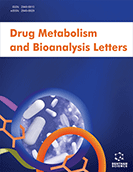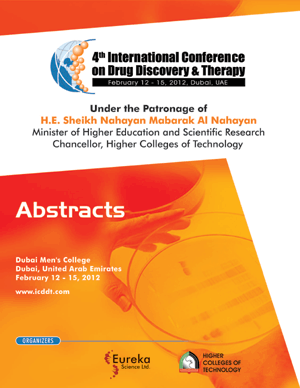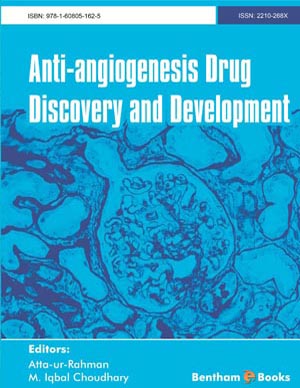Abstract
Alzheimer’s disease (AD) is an attained disorder of cognitive and behavioral
impingement with progressive symptoms over time. It is mostly witnessed in elderly
people, and as per the World Health Organization (WHO), it has affected more than 35
million people worldwide, and this figure is presumed to double by the year 2050. The
most commonly believed cause of AD is the accumulation of beta-amyloid, which
forms extracellular plaques. Presently conventional therapy for treating cognitive
impairments in AD relies on a neurotransmitter or enzyme modulation strategy.
Conventional approved drugs, such as acetylcholinesterase inhibitors (memantine,
tacrine), are widely available for the treatment of mild to moderate AD, but due to their
lower bioavailability, poor solubility, and ineffective capability to surpass the blood brain barrier (BBB), they often fail to produce the desired effect. The potency of
conventional AD drugs is highly dependent on various physiological aspects such as
BBB; blood-cerebrospinal fluid barrier and drug efflux by P-glycoprotein, which all
hampers the capabilities of AD drugs to grasp the central nervous system (CNS). So, in
order to conquer the hurdle and these existing limitations faced by CNS drugs to cross
the BBB, innovative pathways in drug development have become the need of the hour.
Various nanocarriers based approaches profitably meet this demand by improving the
efficacy as well as facilitating the sustained release of the entrapped AD drug via
targeted drug delivery. The blood-brain barrier offers protection to the central nervous
system and also limits the entry of therapeutic molecules to the CNS. On the other
hand, nanotechnology offers the possibility to deliver small molecules against CNS
disorders across BBB due to their enormous properties, such as small surface area,
controllable physicochemical properties, higher drug payload, and better drug
circulation time. Plenty of nanocarriers and nanoparticle prodrugs have been reported
to have inconsequential cytotoxicity in preclinical studies, and these advancements
have proclaimed a new juncture for the development of new classes of nano carriers’
based potent drug formulations for the treatment of AD. A plethora of nanotechnology-based approaches such as polymers, emulsions, lipo-carriers, solid lipid carriers, carbon
nanotubes, and metal-based carriers have been redefined over time, and they have been successfully focusing on both neuroprotective and neurogenerative techniques for
treating AD. Many researchers also reported that nanotechnological-based techniques
can improve the early diagnosis of AD and enhance the therapeutic efficacy and
bioavailability of drugs.
Keywords: Nano- Carriers, Conventional drugs, β- amyloid, Targeted delivery, blood-brain barrier, drug delivery system, Nanotechnology.






















